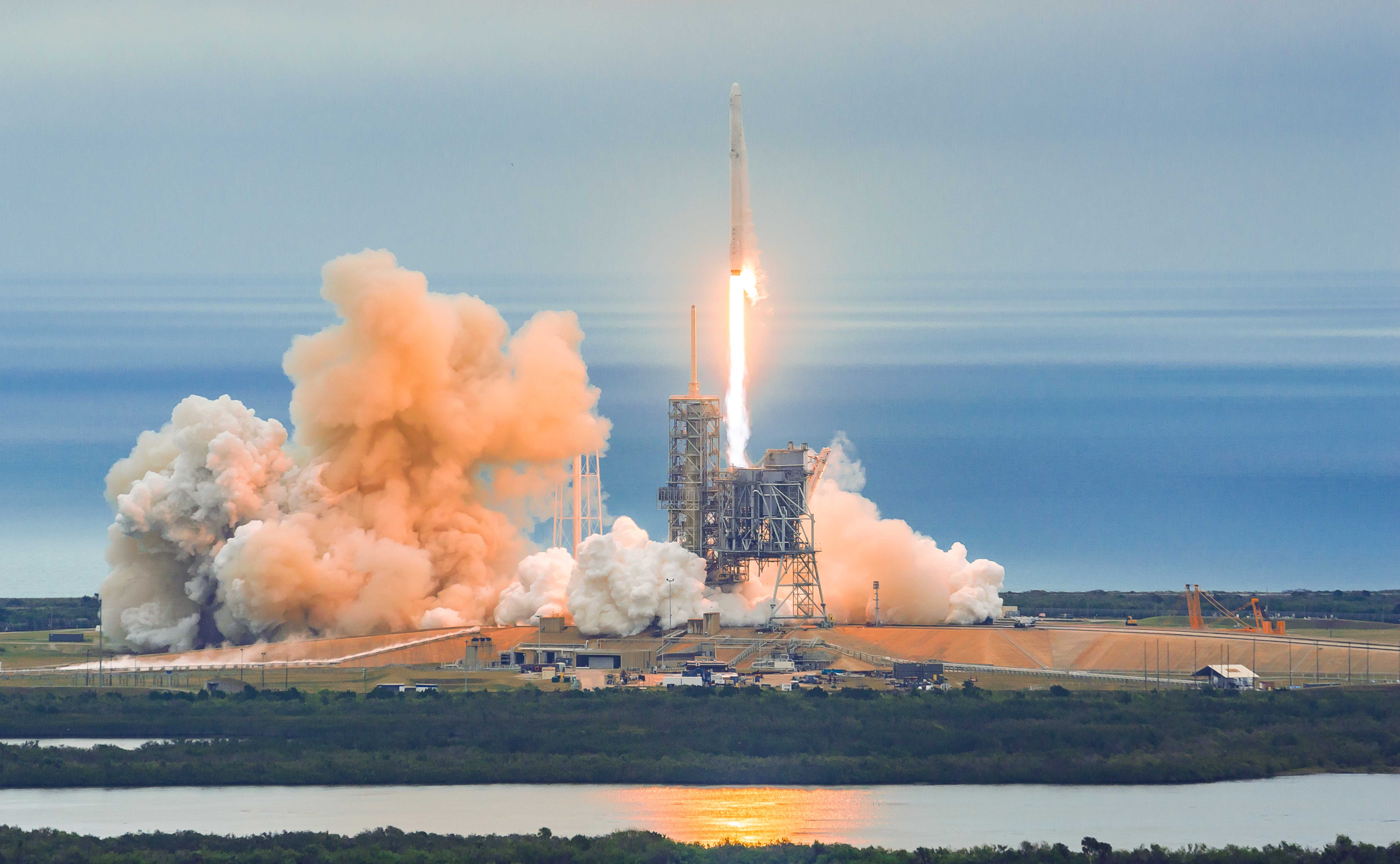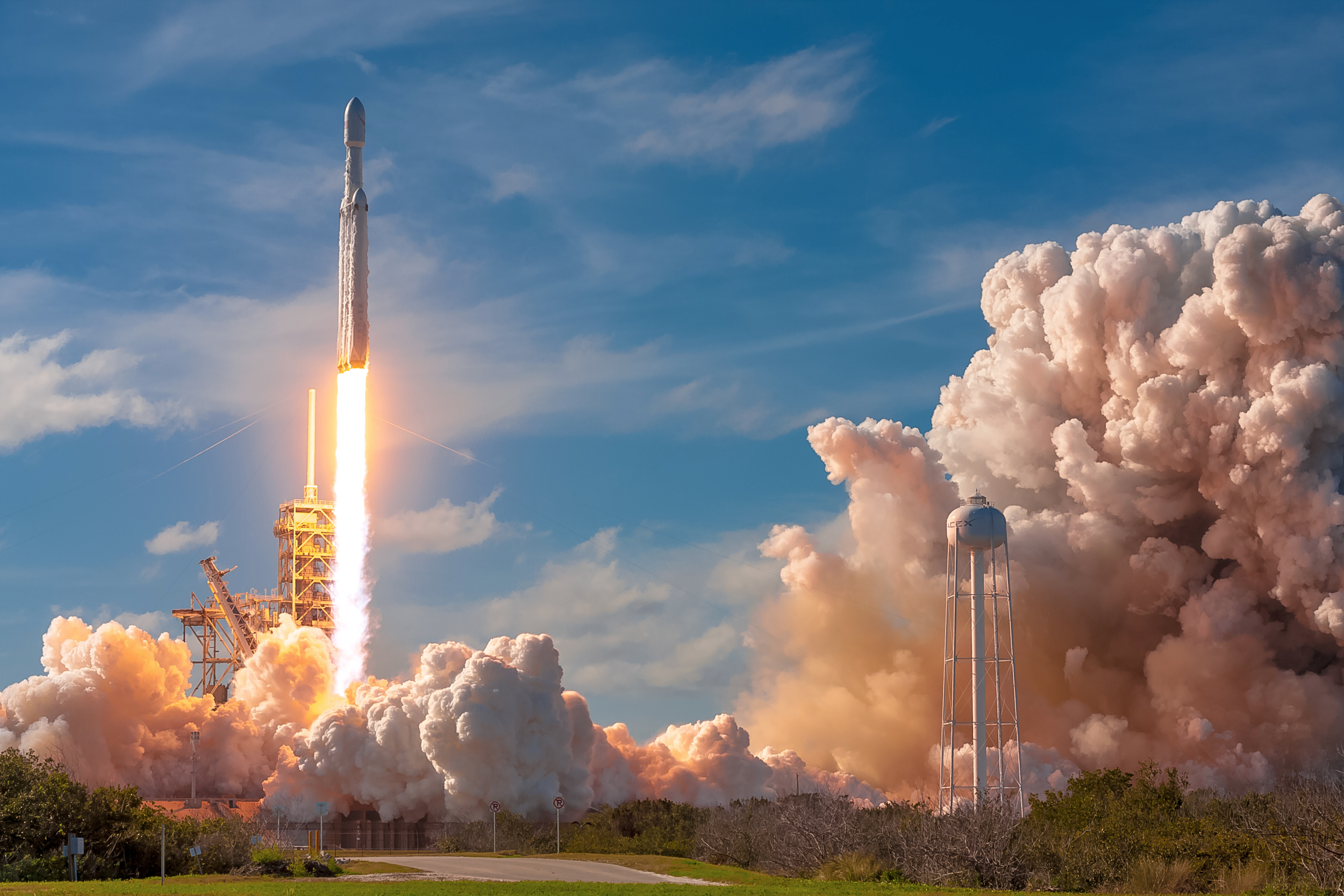SpaceX Launch Timeline and History
Spacex launch – SpaceX, founded by Elon Musk in 2002, has revolutionized the space industry with its reusable launch vehicles and ambitious plans for space exploration. Since its first launch in 2006, SpaceX has achieved numerous milestones and made significant contributions to the field of space transportation.
SpaceX’s launch into the cosmos marked a new era in space exploration, propelling humanity’s reach beyond Earth’s confines. As the rocket ascended, its fiery trail illuminated the night sky, casting an ethereal glow upon the nearby Rapidan Dam. The dam’s towering structure, a testament to human ingenuity, stood as a silent witness to the indomitable spirit that drives us to explore the unknown.
With SpaceX’s launch, the boundaries of our world expanded once more, reminding us of the boundless possibilities that lie within the vast expanse of space.
SpaceX’s launch history is marked by a series of successes and failures, each contributing to the company’s technological advancements and operational capabilities.
The recent SpaceX launch marked another milestone in space exploration. The mission’s success is a testament to the ingenuity and dedication of the team behind it. Speaking of dedication, it brings to mind the legendary drag racer John Force , who has achieved countless victories through sheer determination and an unwavering belief in his abilities.
Just as Force has pushed the limits of his sport, SpaceX continues to push the boundaries of what is possible in space travel, inspiring us all to reach for the stars.
Launch Vehicle Evolution, Spacex launch
SpaceX has developed and operated several launch vehicles over the years, each with its own capabilities and purpose. These include:
- Falcon 1 (2006-2009): SpaceX’s first launch vehicle, designed for small payloads to low Earth orbit.
- Falcon 9 (2010-present): A medium-lift launch vehicle capable of carrying larger payloads to geostationary orbit and beyond.
- Falcon Heavy (2018-present): A heavy-lift launch vehicle designed for extremely heavy payloads and missions to deep space.
- Starship (under development): A fully reusable launch vehicle and spacecraft system designed for interplanetary travel and colonization.
Key Milestones
Some of the most significant milestones in SpaceX’s launch history include:
- First successful launch of Falcon 1 (2008): This marked the beginning of SpaceX’s operational capabilities and demonstrated the viability of its reusable launch vehicle concept.
- First successful launch of Falcon 9 (2010): The Falcon 9 became SpaceX’s workhorse launch vehicle, enabling the company to compete in the commercial satellite launch market.
- First successful landing of a Falcon 9 first stage (2015): This breakthrough marked a major step towards reusability, significantly reducing launch costs.
- First successful launch of Falcon Heavy (2018): The Falcon Heavy’s maiden flight showcased its ability to lift extremely heavy payloads, opening up new possibilities for space missions.
- First crewed flight of Crew Dragon (2020): SpaceX became the first private company to launch humans into orbit, marking a significant milestone in the commercialization of spaceflight.
SpaceX Launch Capabilities and Technologies

SpaceX has emerged as a leading provider of launch services, offering a range of launch vehicles tailored to meet diverse payload requirements and mission objectives. The company’s launch capabilities have been instrumental in advancing space exploration, satellite deployment, and scientific research.
SpaceX’s launch vehicles, particularly the Falcon 9 and Falcon Heavy rockets, are renowned for their exceptional payload capacity and cost-effectiveness. The Falcon 9, for instance, can lift up to 22,800 kilograms (50,265 pounds) to low Earth orbit (LEO), while the Falcon Heavy boasts a payload capacity of 63,800 kilograms (140,660 pounds) to LEO.
In addition to payload capacity, SpaceX has also pioneered innovative technologies that have significantly enhanced the efficiency and affordability of space launches. One of the most notable innovations is the company’s reusable rocket technology. SpaceX’s Falcon 9 and Falcon Heavy rockets are designed to return to Earth after launch, enabling them to be refurbished and reused for subsequent missions. This reusability significantly reduces launch costs compared to traditional expendable rockets.
Another key technology employed by SpaceX is autonomous landing. The company’s rockets are equipped with advanced guidance and control systems that allow them to land autonomously on a designated landing pad or drone ship after completing their missions. This capability further reduces the cost and complexity of launch operations.
SpaceX’s launch capabilities and technologies have significantly transformed the space industry. The company’s cost-effective and reusable rockets have made space access more accessible and affordable, paving the way for increased innovation and exploration in the years to come.
Comparison to Other Launch Providers
Compared to other launch providers, SpaceX stands out with its combination of high payload capacity, low launch costs, and innovative technologies. While traditional launch providers rely on expendable rockets, SpaceX’s reusable rockets offer significant cost savings over multiple missions.
Furthermore, SpaceX’s autonomous landing capability provides an edge over competitors. By eliminating the need for expensive recovery operations, SpaceX can offer more competitive launch prices.
As SpaceX continues to refine its launch technologies and expand its launch vehicle capabilities, it is expected to maintain its leadership position in the global launch services market.
SpaceX Launch Missions and Applications

SpaceX has launched a wide range of missions, including commercial satellite deployments, scientific research missions, and human spaceflight. The company’s launch services have applications in areas such as communications, Earth observation, and space exploration.
Commercial Satellite Deployments
SpaceX has launched numerous commercial satellites for companies such as Intelsat, SES, and OneWeb. These satellites provide a variety of services, including broadband internet, television broadcasting, and mobile communications.
Scientific Research Missions
SpaceX has also launched scientific research missions for NASA and other organizations. These missions have included the launch of the Hubble Space Telescope, the International Space Station, and the James Webb Space Telescope.
Human Spaceflight
In 2020, SpaceX became the first private company to launch humans into orbit. The company’s Crew Dragon spacecraft has since carried out several missions to the International Space Station.
Potential Impact
SpaceX’s launch capabilities have the potential to revolutionize space exploration and development. The company’s reusable rockets and low-cost launch services could make it possible to launch more satellites and spacecraft into orbit, which could lead to new discoveries and advancements in science and technology.
Amidst the excitement surrounding SpaceX’s latest launch, the world was saddened by the passing of former US President Jimmy Carter jimmy carter passed. His legacy of peace and diplomacy serves as a reminder that even in the face of technological advancements, the human spirit remains paramount.
SpaceX’s mission continues, inspiring us to push the boundaries of exploration and innovation.
The SpaceX launch, a testament to human ingenuity, soared through the heavens, leaving behind a trail of anticipation. As the world watched, the former president, Jimmy Carter , a beacon of hope and resilience, celebrated his 99th birthday. The launch served as a poignant reminder of the indomitable spirit that drives both scientific exploration and the human experience, connecting us across time and space.
Amidst the thunderous roar of SpaceX’s launch, a flicker of human ingenuity caught my eye. Like a celestial ballet, the rocket ascended, its trajectory intersecting with the life of Barnabas Varga , a visionary whose pioneering work in space exploration laid the foundation for this moment.
As the spacecraft disappeared into the cosmic expanse, I couldn’t help but marvel at the interconnectedness of our collective journey, from the dreams of yesterday to the triumphs of today.